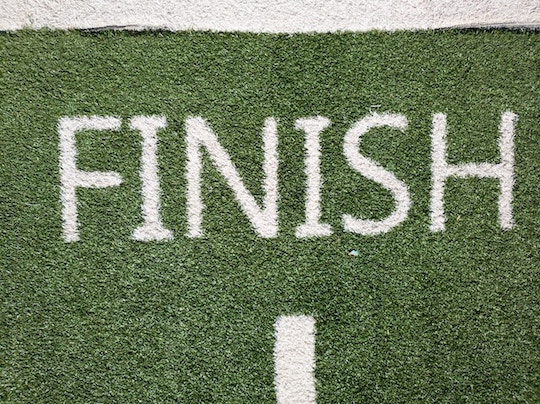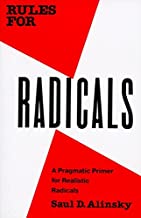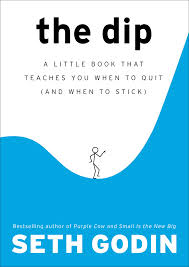“Getting started generates the momentum to keep going.”
—Tony Robbins, American author, coach and speaker
In many ways we humans are a bit like our vehicles.
When we start and stop often throughout our days our mileage is less than desired.
When we get up to speed and hit the cruise control button, our efficiency and effectiveness skyrocket.
What happens when we are stopped completely and the inertia to stay stopped feels so strong?
Here are a few ways to apply the concept of momentum to your daily efforts once you get going:
-
- Start with small wins to build confidence and motivation.
- Create a daily routine based on the positive habits you value.
- Habit stacking helps attach new habits to existing ones.
- Avoid taking breaks and push through low levels of resistance that can slow you down or stop you completely.
- Celebrate yourself for both effort and progress to reinforce positive behaviors and sustain your motivation.
EXERCISE:
In what areas of your life do you need to get out of the starting block?
How can you apply some of the strategies above to build and maintain your momentum to keep going?




